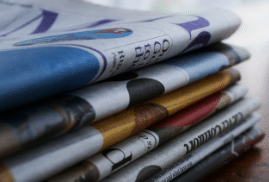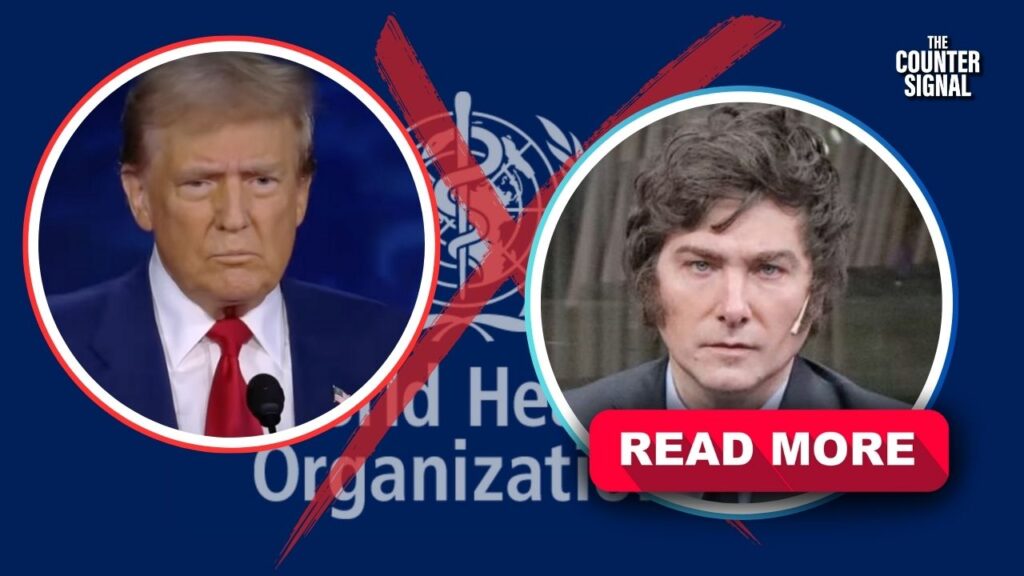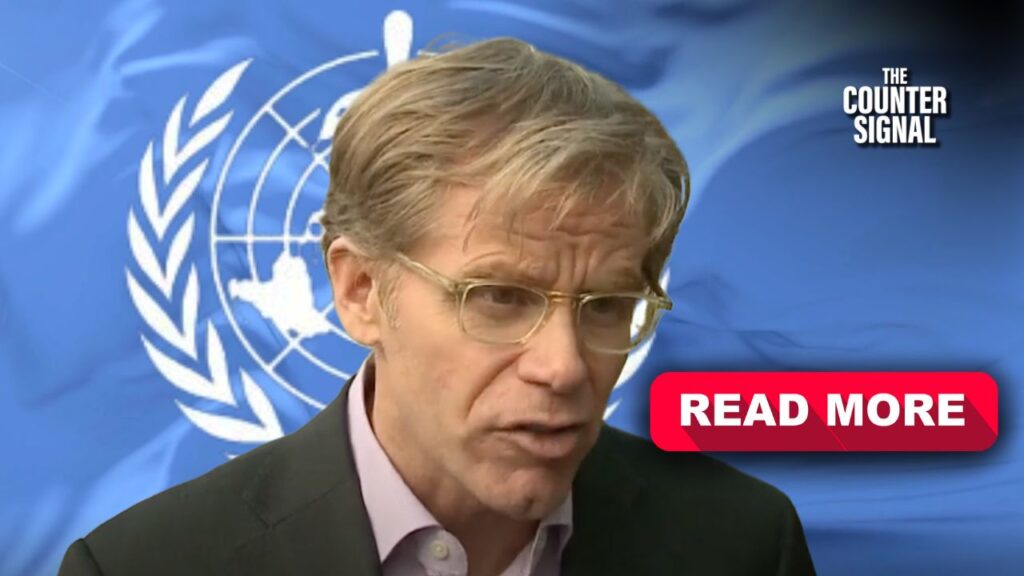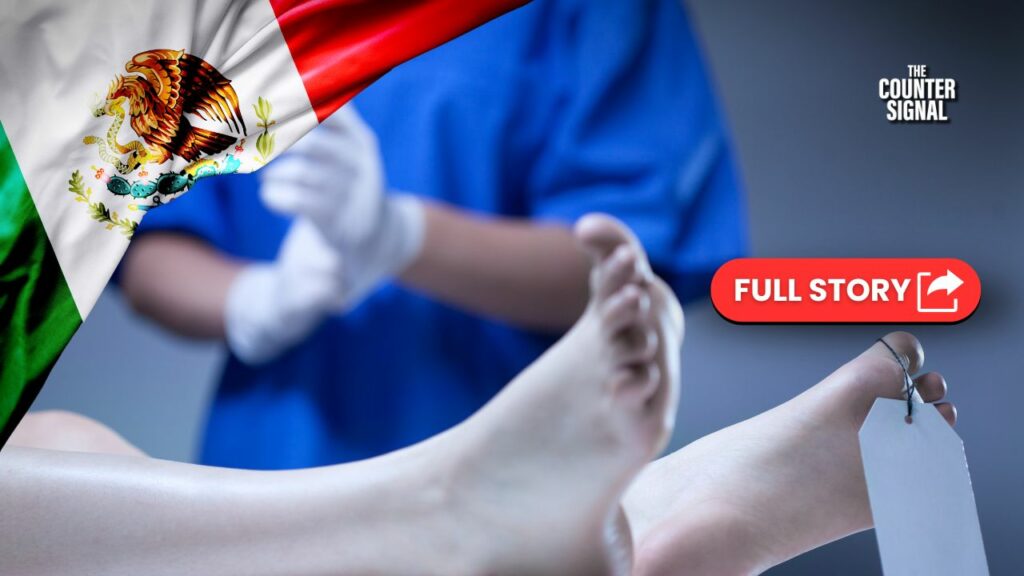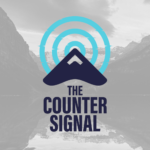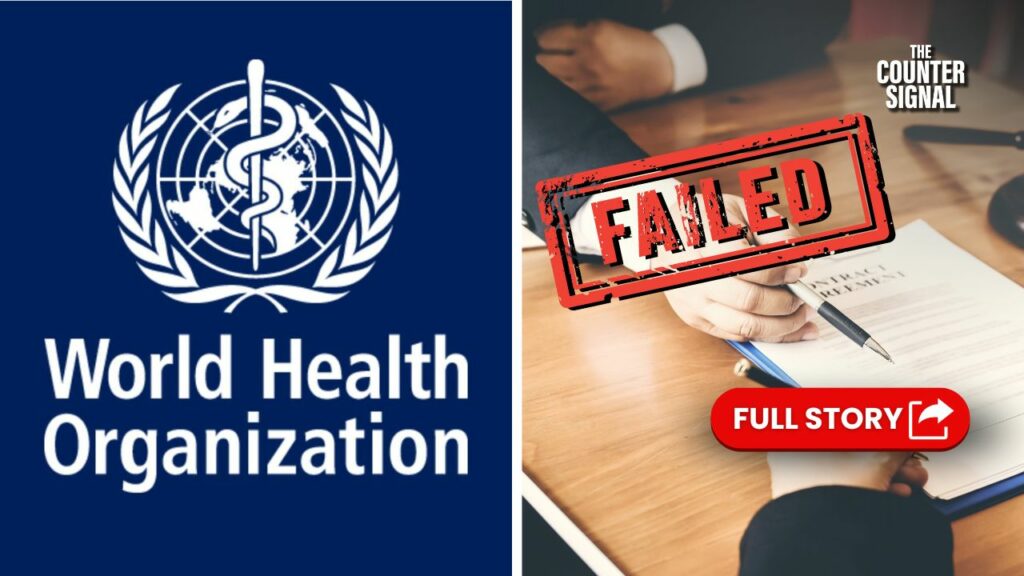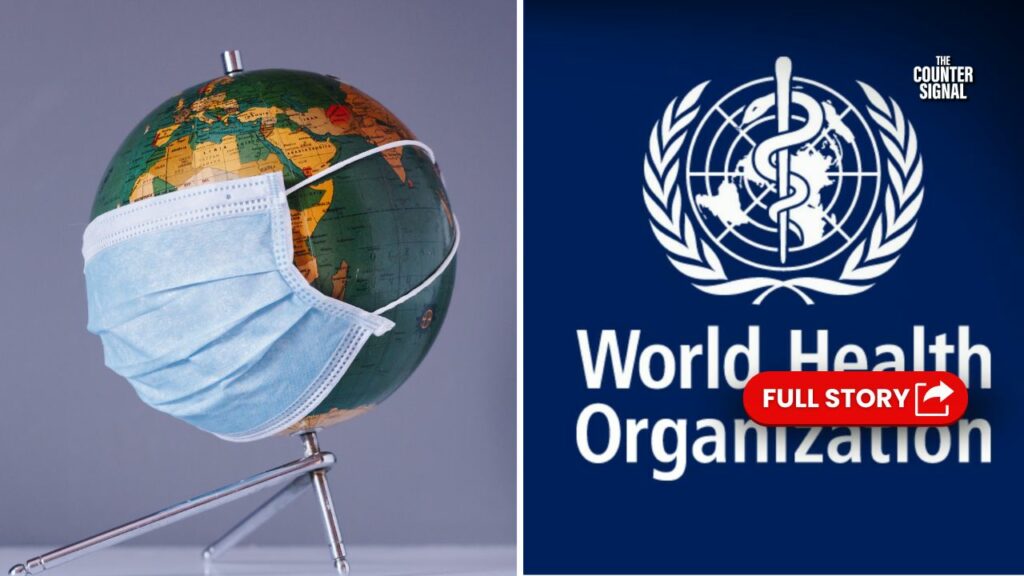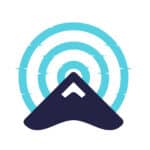The World Health Organization (WHO) has released guidance for surveillance and contact tracing of the monkeypox virus.

Much of the language of the release mimics early COVID-19 guidance.
“The key objectives of surveillance and case investigation for monkeypox in the current context are to rapidly identify cases and clusters in order to provide optimal clinical care; to isolate cases to prevent further transmission; to identify and manage contacts; to protect frontline health workers; and to tailor effective control and prevention measures,” the WHO writes.
According to an interim guidance sheet, even “one case of monkeypox is considered an outbreak,” and physicians should immediately alert public health authorities if they suspect a patient has any symptoms.
“In the current context, as soon as a suspected case is identified, contact identification and contact tracing should be initiated, while further workup of the source case is ongoing to determine if the case can be classified as probable or confirmed,” the WHO advises.
Much like Canada, the WHO also recommends isolation (i.e., mandatory quarantining) for those who develop initial monkeypox symptoms.
“A contact who develops initial signs/symptoms other than rash should be isolated and closely watched for signs of rash for the next seven days. If no rash develops, the contact can return to temperature monitoring for the remainder of the 21 days,” the guide says.
According to the WHO, further guidance on “infection prevention,” “vaccination,” and “community protection” will be released in the coming days.
“We’re also working with UNAIDS, civil society organizations and communities of men who have sex with men to listen to their questions and provide information on what Monkeypox is and how to avoid it,” said WHO Director-General Tedros Ghebreyesus.
Ghebreyesus also said that there is a “sudden and unexpected” appearance of the virus in 29 countries where the virus does not normally exist.
“There are a few reports now of cases amongst women…at the moment, there is still a window of opportunity to prevent the onward spread of monkeypox in those who are at highest risk right now,” said the WHO’s Rosamund Lewis.

